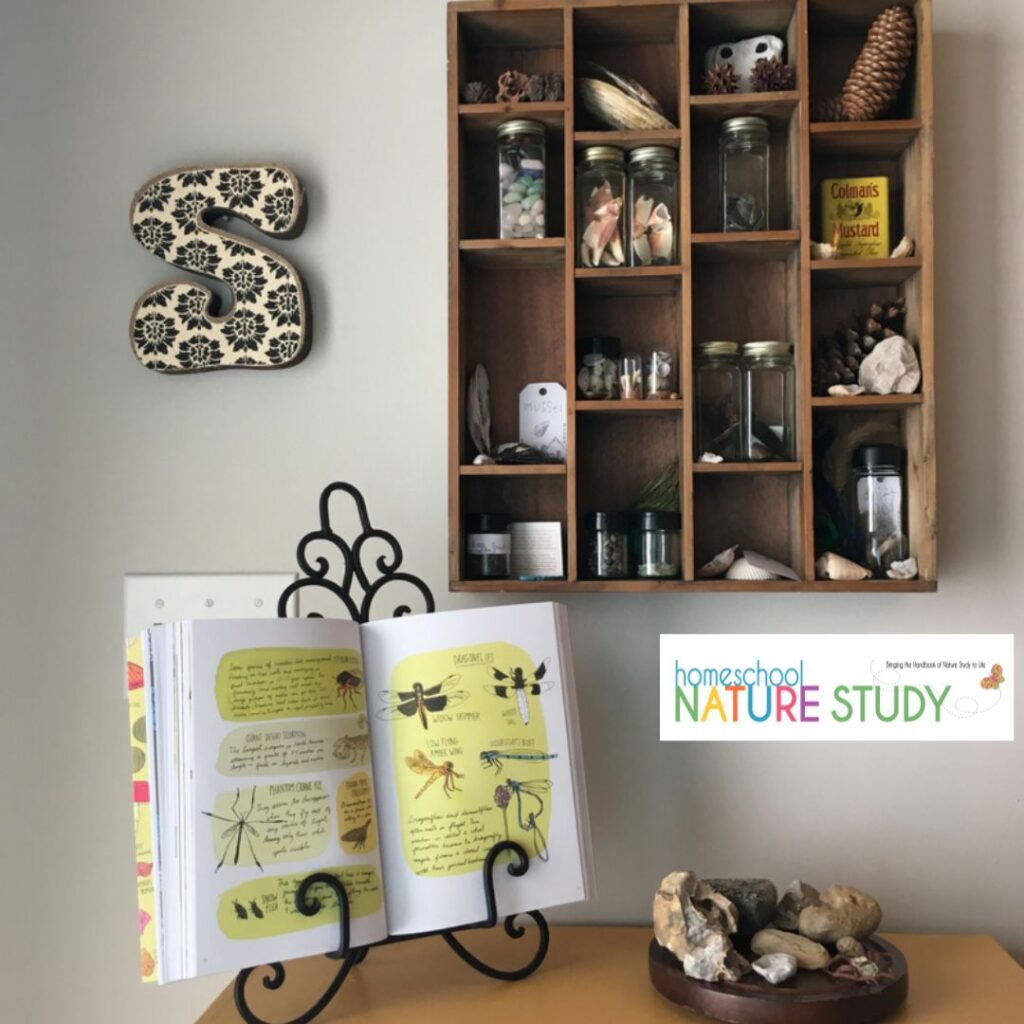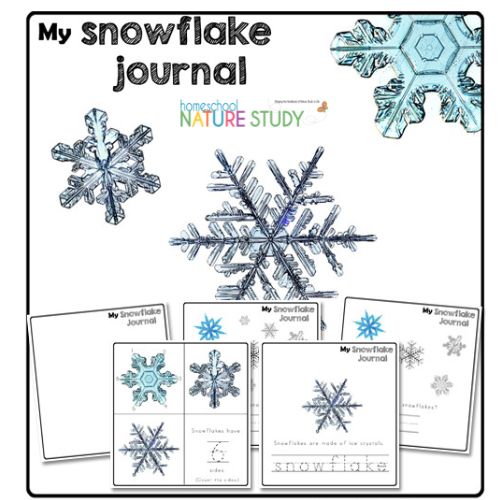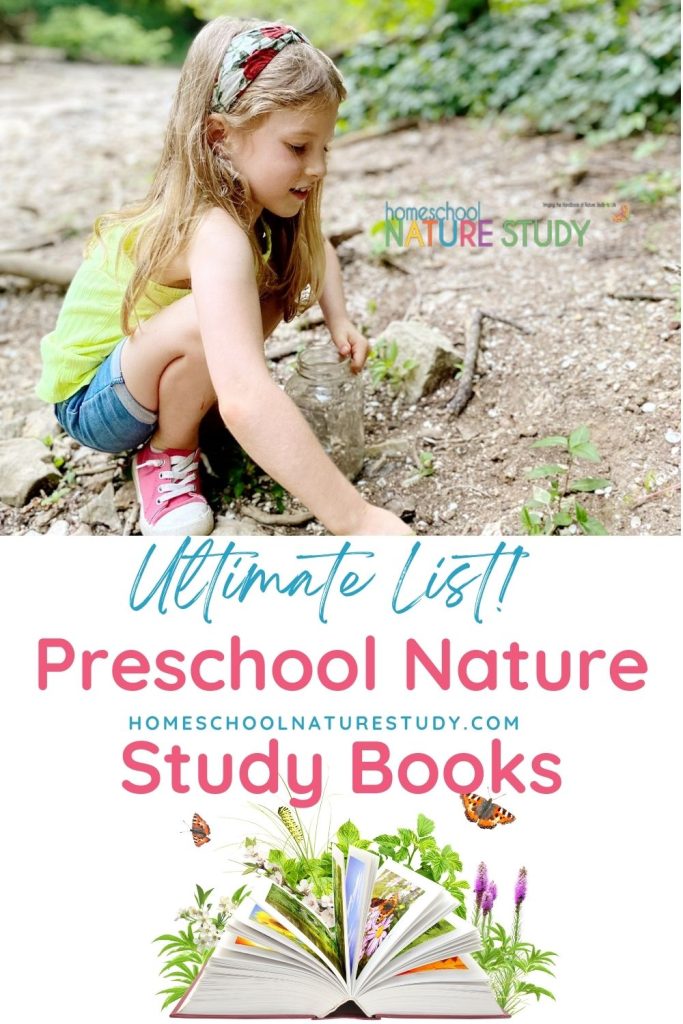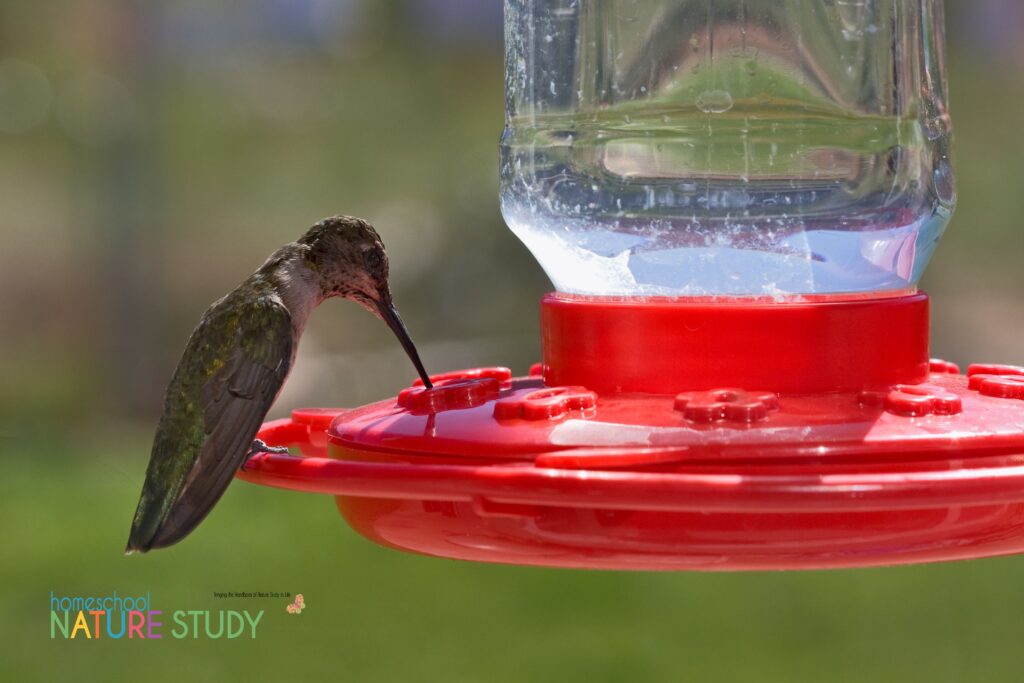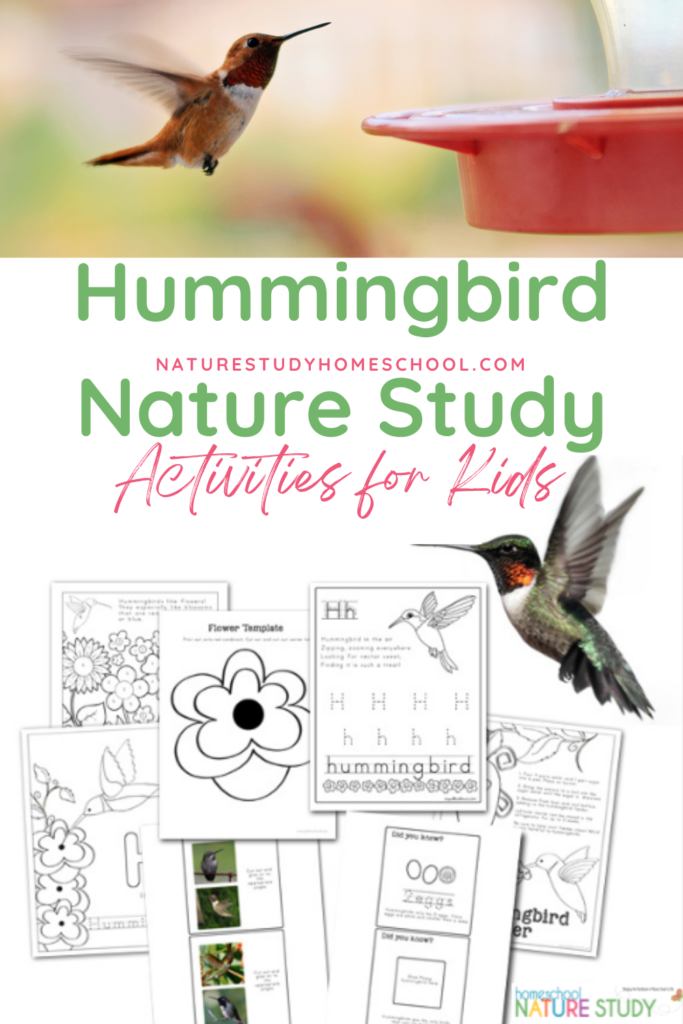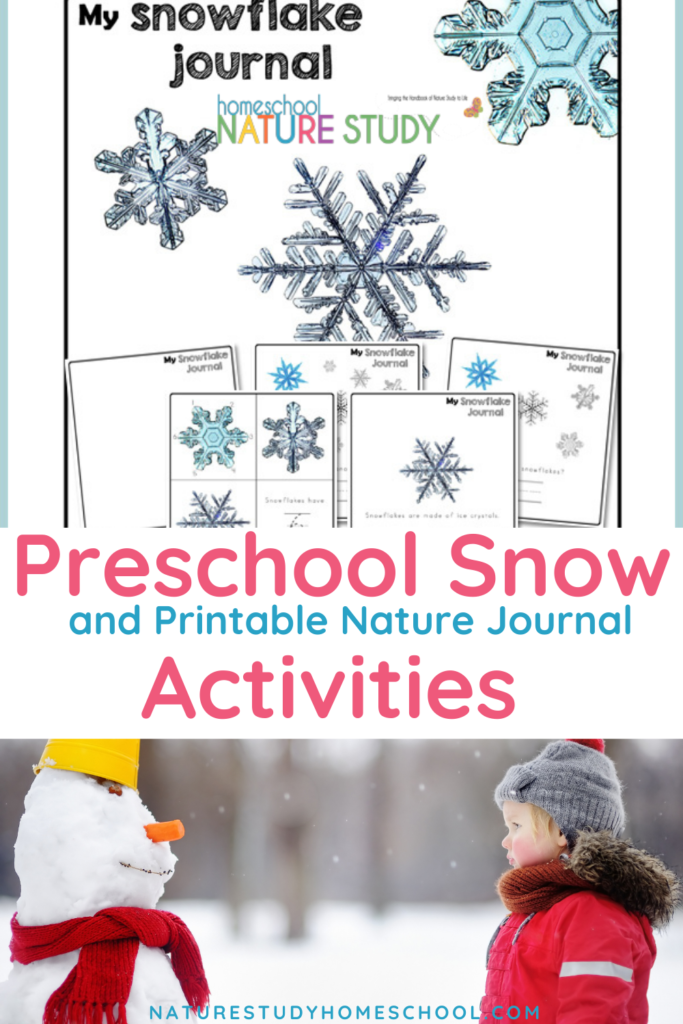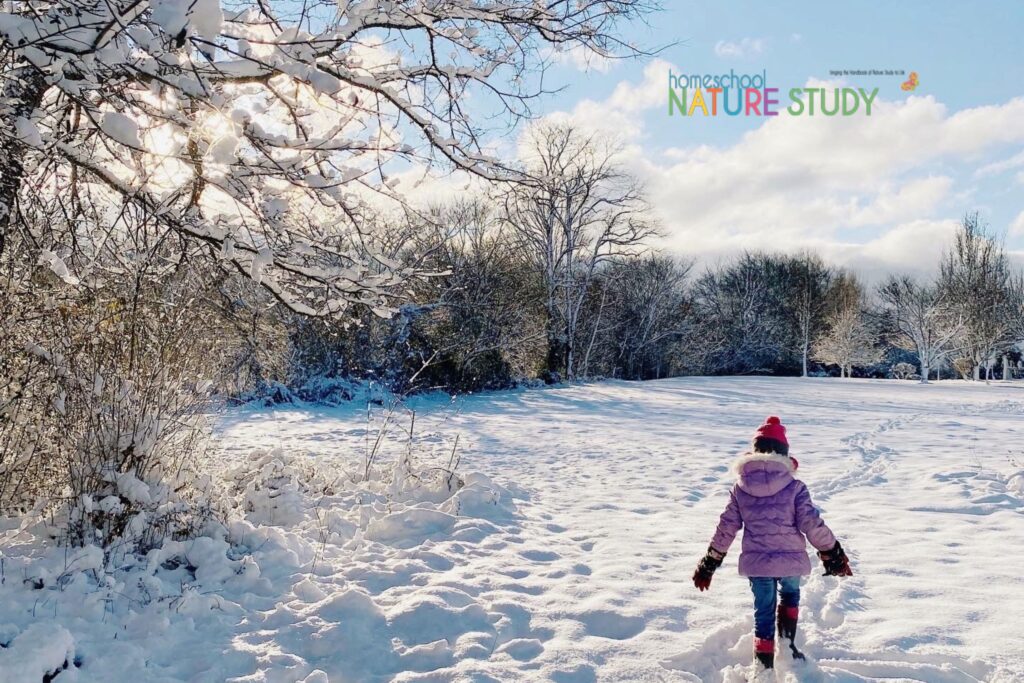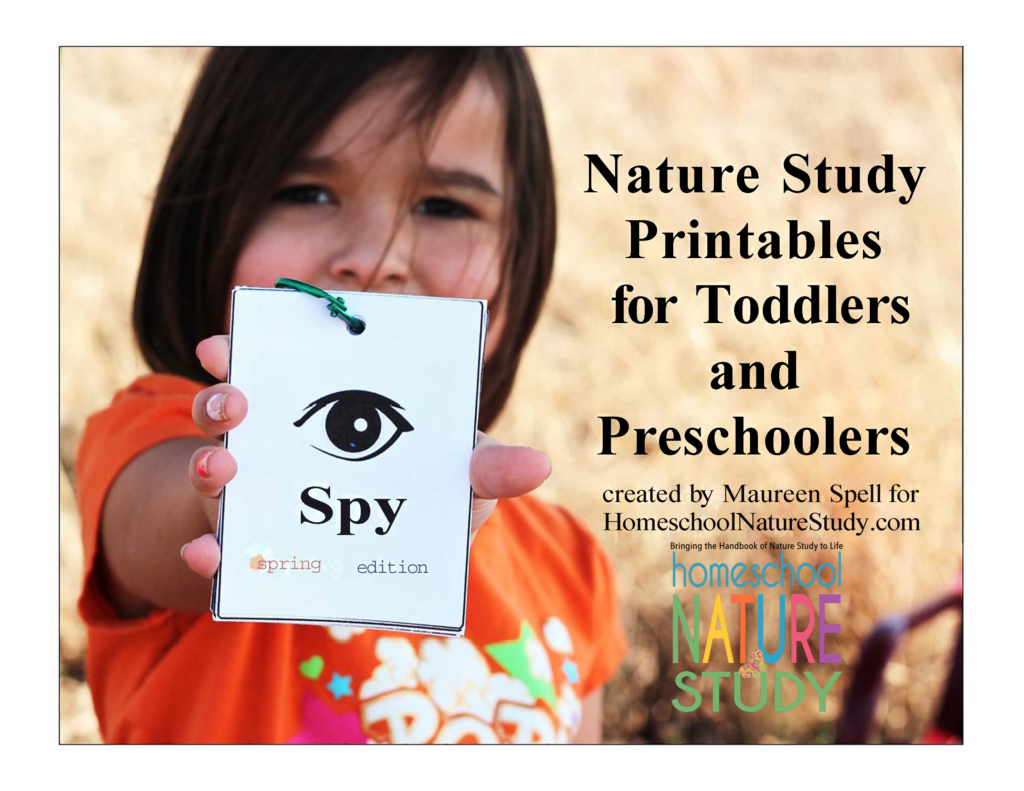
These spring preschool science activities will delight your youngest homeschoolers! Butterflies, flowers, ladybugs and more!

Spring Preschool Science Activities
Our homeschool is more than ready for spring to arrive! We can’t wait until we can spend a huge amount of time outdoors. We miss the sun. It has been a very dreary winter.
So on the docket for this week is spring preschool planning! I’m going to be gathering the supplies and getting them ready in bins for use later this year. Some of the activities we are going to cover will be repeats from last year because they are just so much fun.
Here is some of what I have planned:
Preschool Nature Study: Butterfly Life Cycle Journal
Last year we watched the life cycle of a butterfly. All my kids found it fascinating to watch the caterpillars turn into butterflies! We will be doing this activity again– probably in May so that it will be warm enough for the butterflies to survive once released. Many of the activities and resources we will be using can be found in the Butterfly Journal in the Preschool Nature Study curriculum in membership.
Preschool Science Butterfly Books:
- Waiting for Wings by Lois Ehlert
- 10 Little Caterpillars by Bill Martin Jr. – This is my 2yr. old’s favorite book! She has worn it out!
- Are You a Butterfly? (Backyard Books) by Judy Allen
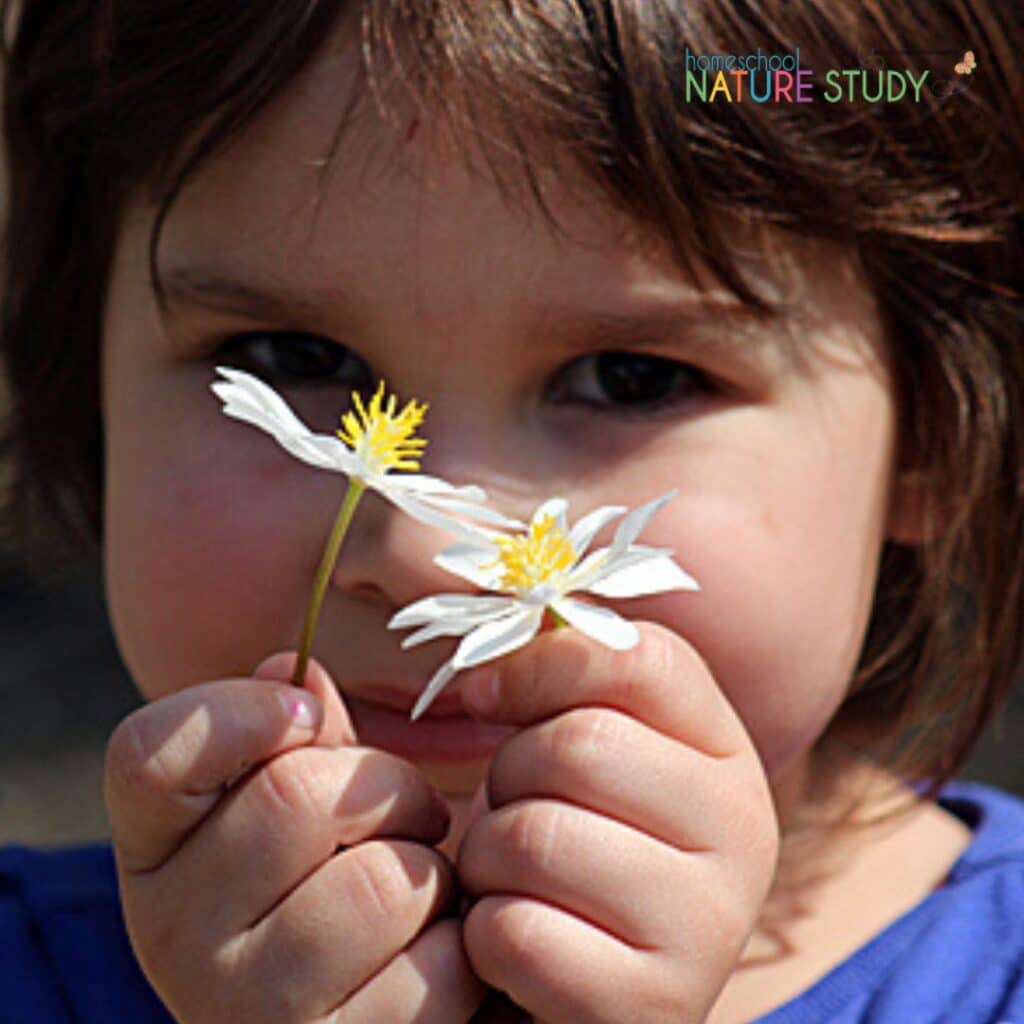
Preschool Flowers Unit Study
Spring is the perfect time to talk about and observe flowers! We will be planning and planting our garden, going on nature walks, and doing a couple of flower observation activities like food coloring flowers.
You can also find Seed Observation and Journaling activities in the Preschool course in membership!
Flower Books for Preschool Nature Study:
- Planting a Rainbow by Lois Ehlert (Enjoy a Planting a Rainbow craft with this!)
- From Seed to Plant by Gail Gibbons
- The Reason for a Flower by Ruth Heller
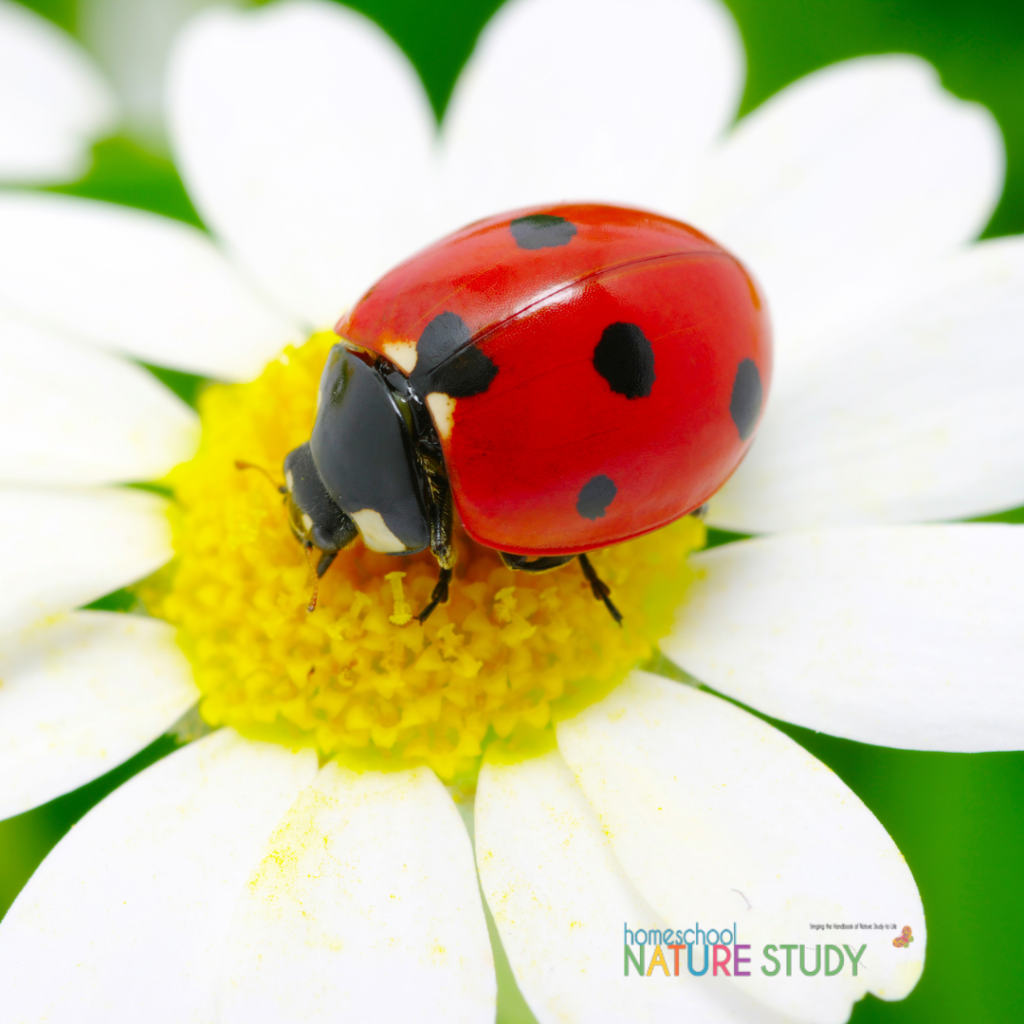
Preschool Ladybug Unit Study:
This will be a first for us– raising Ladybugs! Since the ant farm was such a big hit in past years, I thought my girls would like to see how ladybugs change. We’ll be getting the InsectLore Ladybug Land in order to see these tiny creatures first hand.

Ladybug books
- Are You a Ladybug? (Backyard Books)
- Bugs are Insects by Anne Rockwell
- Bugs, Bugs, Bugs by Bob Barner
I’m sure we’ll end up doing more, but for now I’m going to plan in detail these three themes.
More Preschool Homeschool Nature Study
If you are looking for more preschool science ideas, we did some cool things with ants and worms last year, plus other science activities.
- The Ultimate List of Preschool Nature Study Books
- Picture Books in Nature Study: A Parent’s Guide
- 7 Fun Science Experiments for Preschoolers
- 5 Ways to Teach Preschoolers About Weather
- Learning About Seeds: Preschool Activities

Toddler and Preschool Nature Study Printables
Do you like the idea of involving young children in nature study but not sure how to start? Do you need a little help being intentional with your nature studies? Nature Study Printables is full of printable tools for you to use to get young children observing and talking about nature!
Preschool Nature Study with Homeschool Nature Study Membership!
Enjoy ALL of our preschool nature studies plus access to the Outdoor Hour Challenges curriculum for the whole family in Homeschool Nature Study Membership. Find out more about our Delightful Preschool Nature Study Plans for Your Homeschool.
Be inspired. Be encouraged. Get outdoors!
Do you have any special spring themes or topics you’ll be doing? Let me know in the comments.

By Maureen Spell, a long-time contributor to the Outdoor Hour Challenges. Maureen helps Christian mompreneurs operate their business from a place of joy, purpose, and excellence because they are clear on how their business is serving their family and others. As a homeschool mom, she believes success at home AND business without the mom-guilt, stress and burn-out is possible! Outside of work, she loves having good conversations over a hot chai or GT Gingerberry kombucha and spending time with her husband and seven children. Visit her at MaureenSpell.com



